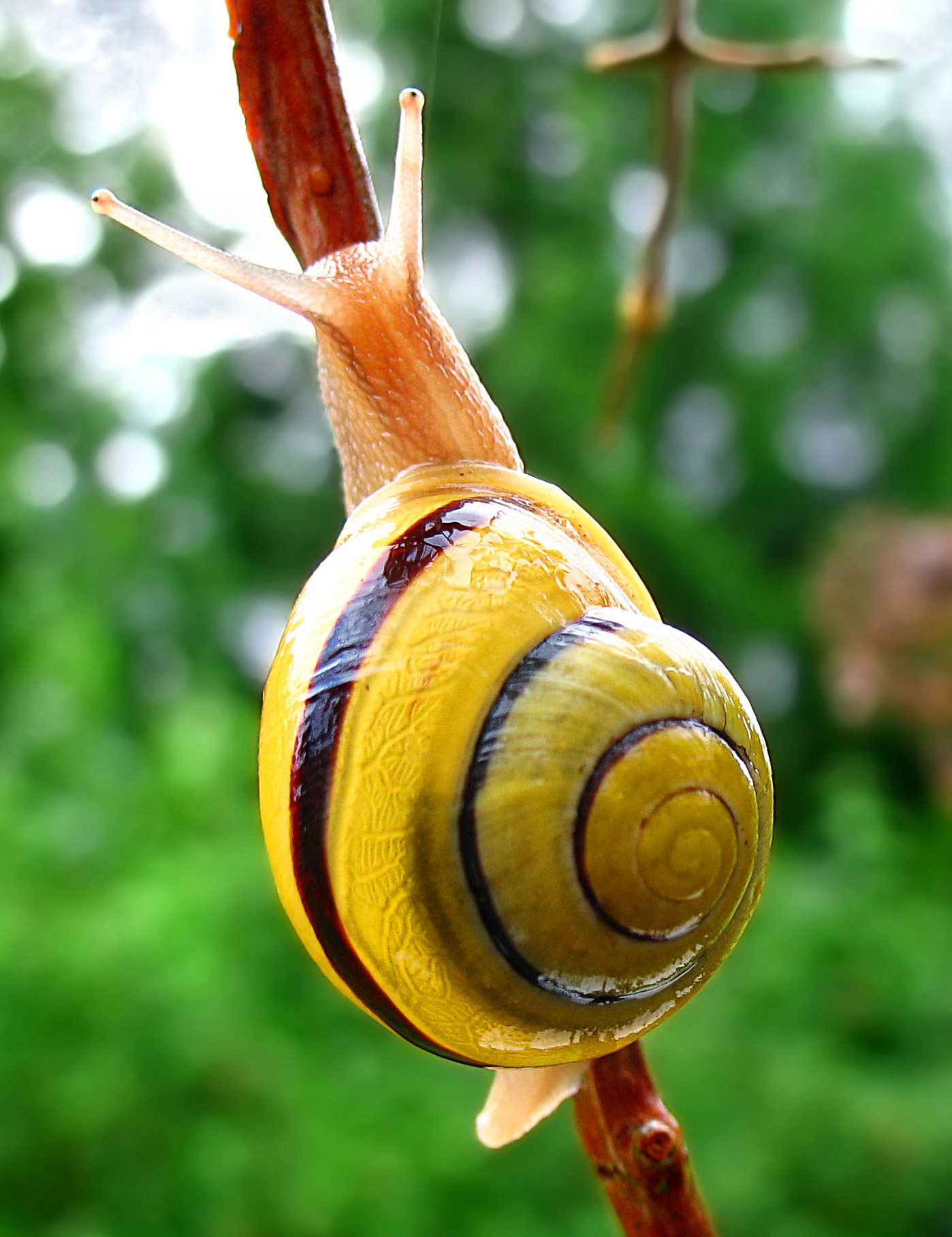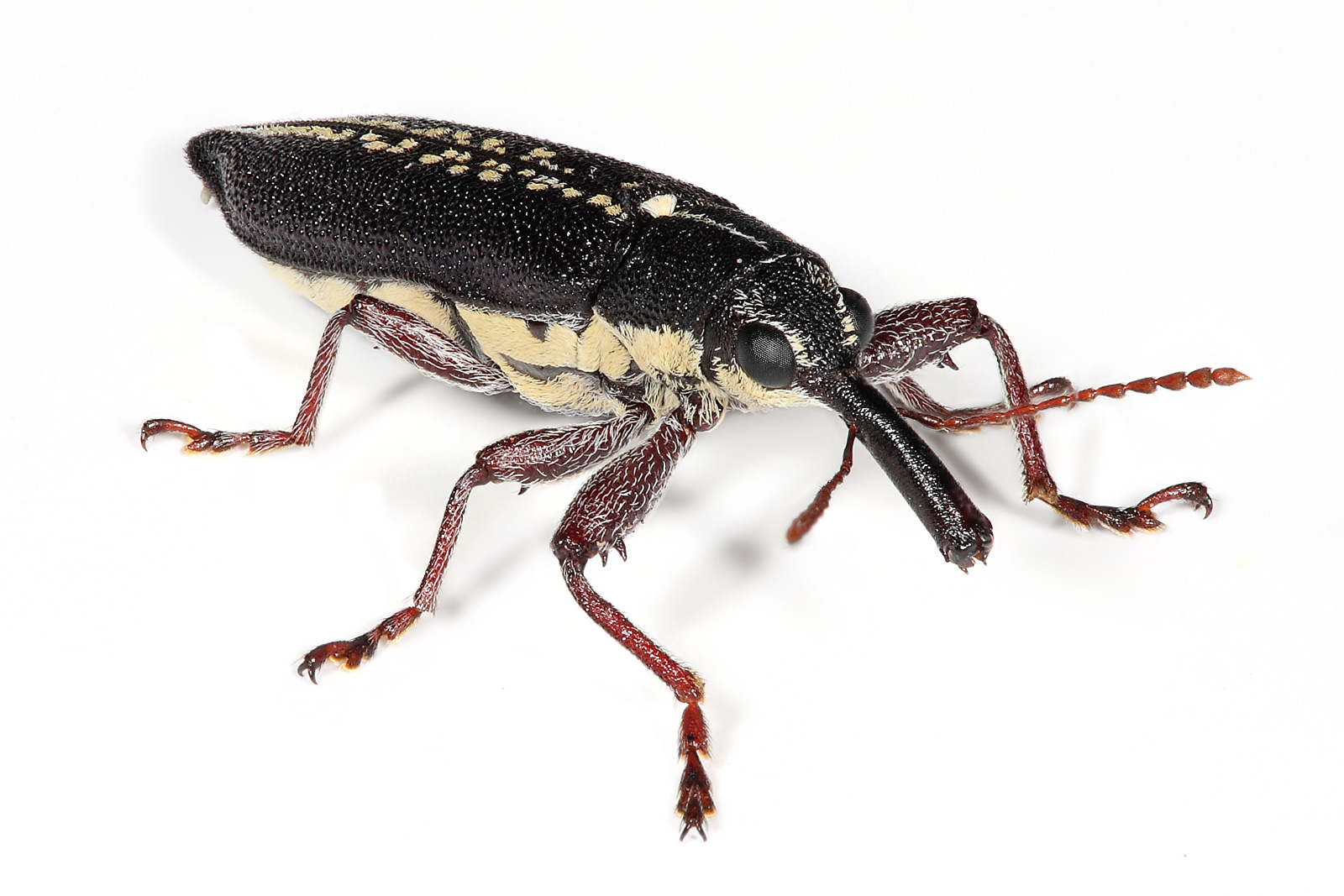|
Ibycus Rachelae
Ibycus Rachelae also called long-tailed slug or Ninja Slug, is a species of air-breathing semi-slugs in the family Helicarionidae. The common name ''ninja slug'' is a result of the ability of the animal to fire "love darts", consisting of calcium carbonate harpoons, at potential mates in order to inject them with hormones. The discoverers initially intended to name the species ''I. felis'' from its habit of curling its tail around its neck which looked to them reminiscent of a sleeping cat. But after the love dart behaviour was noticed, they named it ''I. rachelae'' instead after Menno Schilthuizen's girlfriend. ''I. rachelae'' is one of well over a hundred new species discovered in Borneo since 2007 and announced in a 2010 World Wide Fund for Nature The World Wide Fund for Nature Inc. (WWF) is an international non-governmental organization founded in 1961 that works in the field of wilderness preservation and the reduction of human impact on the environment. It wa ... [...More Info...] [...Related Items...] OR: [Wikipedia] [Google] [Baidu] |
Animalia
Animals are multicellular, eukaryotic organisms in the biological kingdom Animalia. With few exceptions, animals consume organic material, breathe oxygen, are able to move, can reproduce sexually, and go through an ontogenetic stage in which their body consists of a hollow sphere of cells, the blastula, during embryonic development. Over 1.5 million living animal species have been described—of which around 1 million are insects—but it has been estimated there are over 7 million animal species in total. Animals range in length from to . They have complex interactions with each other and their environments, forming intricate food webs. The scientific study of animals is known as zoology. Most living animal species are in Bilateria, a clade whose members have a Symmetry in biology#Bilateral symmetry, bilaterally symmetric body plan. The Bilateria include the protostomes, containing animals such as nematodes, arthropods, flatworms, annelids and molluscs, and th ... [...More Info...] [...Related Items...] OR: [Wikipedia] [Google] [Baidu] |
Mollusca
Mollusca is the second-largest phylum of invertebrate animals after the Arthropoda, the members of which are known as molluscs or mollusks (). Around 85,000 extant species of molluscs are recognized. The number of fossil species is estimated between 60,000 and 100,000 additional species. The proportion of undescribed species is very high. Many taxa remain poorly studied. Molluscs are the largest marine phylum, comprising about 23% of all the named marine organisms. Numerous molluscs also live in freshwater and terrestrial habitats. They are highly diverse, not just in size and anatomical structure, but also in behaviour and habitat. The phylum is typically divided into 7 or 8 taxonomic classes, of which two are entirely extinct. Cephalopod molluscs, such as squid, cuttlefish, and octopuses, are among the most neurologically advanced of all invertebrates—and either the giant squid or the colossal squid is the largest known invertebrate species. The g ... [...More Info...] [...Related Items...] OR: [Wikipedia] [Google] [Baidu] |
Gastropoda
The gastropods (), commonly known as snails and slugs, belong to a large taxonomic class of invertebrates within the phylum Mollusca called Gastropoda (). This class comprises snails and slugs from saltwater, from freshwater, and from land. There are many thousands of species of sea snails and slugs, as well as freshwater snails, freshwater limpets, and land snails and slugs. The class Gastropoda contains a vast total of named species, second only to the insects in overall number. The fossil history of this class goes back to the Late Cambrian. , 721 families of gastropods are known, of which 245 are extinct and appear only in the fossil record, while 476 are currently extant with or without a fossil record. Gastropoda (previously known as univalves and sometimes spelled "Gasteropoda") are a major part of the phylum Mollusca, and are the most highly diversified class in the phylum, with 65,000 to 80,000 living snail and slug species. The anatomy, behavior, feeding, a ... [...More Info...] [...Related Items...] OR: [Wikipedia] [Google] [Baidu] |
Stylommatophora
Stylommatophora is an orderPhilippe Bouchet, Jean-Pierre Rocroi, Bernhard Hausdorf, Andrzej Kaim, Yasunori Kano, Alexander Nützel, Pavel Parkhaev, Michael Schrödl and Ellen E. Strong. 2017. Revised Classification, Nomenclator and Typification of Gastropod and Monoplacophoran Families'. Malacologia, 61(1-2): 1-526. of air-breathing land snails and slugs, terrestrial pulmonate gastropod molluscs. This taxon includes most land snails and slugs. The two strong synapomorphies of Stylommatophora are a long pedal gland placed beneath a membrane and two pairs of retractile tentacles (Dayrat & Tillier). Several families in this group contain species of snails and slugs that create love darts. Stylommatophora are known from the Cretaceous period up to the present day. Pek I., Vašíček Z., Roček Z., Hajn. V. & Mikuláš R. (1996). ''Základy zoopaleontologie''. Olomouc, 264 pp., . 2005 taxonomy According to the taxonomy of the Gastropoda by Bouchet & Rocroi (2005) based on evo ... [...More Info...] [...Related Items...] OR: [Wikipedia] [Google] [Baidu] |
Helicarionidae
Helicarionidae is a family of air-breathing land snails or semi-slugs, terrestrial pulmonate gastropod mollusks in the superfamily Helicarionoidea. Distribution The distribution of Helicarionidae includes the eastern Palearctic, Malagasy, India, south-eastern Asia, Hawaii, and Australia. Anatomy Species of snails within this family make and use love darts made of chitin. In this family, the number of haploid chromosomes lies between 21 and 30 (according to the values in this table). Taxonomy The family Helicarionidae is nested within the limacoid clade, as shown in the following cladogram :Hausdorf B. (2000). "Biogeography of the Limacoidea sensu lato (Gastropoda: Stylommatophora): Vicariance Events and Long-Distance Dispersal". '' Journal of Biogeography'' 27(2): 379-390. JSTOR Genera The following genera are recognised in the family Helicarionidae: ;Subfamily Helicarioninae *'' Amenixesta'' *'' Antiquarion'' *'' Attenborougharion'' *''Bathia'' *'' Brevisen ... [...More Info...] [...Related Items...] OR: [Wikipedia] [Google] [Baidu] |
Ibycus (gastropod)
Ibycus is a genus of air-breathing semi-slugs, in the family Helicarionidae.MolluscaBase eds. (2020). MolluscaBase. Ibycus Heynemann, 1863. Accessed through: World Register of Marine Species at: http://www.marinespecies.org/aphia.php?p=taxdetails&id=996359 on 2021-01-12 Species * ''Ibycus albacuminatus'' (P. Sarasin & F. Sarasin, 1899) * ''Ibycus cingulatus'' (B.Rensch, 1930) * ''Ibycus coriaceus'' (P. Sarasin & F. Sarasin, 1899) * ''Ibycus fissidens'' Heynemann, 1863 * ''Ibycus hiraseanus'' (Pilsbry, 1906) * ''Ibycus minutus'' (Godwin-Austen, 1876) * ''Ibycus papuanus'' I. Rensch, 1932 * ''Ibycus perakensis'' (Godwin-Austen, 1909) * ''Ibycus rachelae'' Schilthuizen & Liew, 2008 * ''Ibycus siamensis Ibycus (; grc-gre, Ἴβυκος; ) was an Ancient Greek lyric poet, a citizen of Rhegium in Magna Graecia, probably active at Samos during the reign of the tyrant Polycrates and numbered by the scholars of Hellenistic Alexandria in the canoni ...'' Cockerell, 1891 Refere ... [...More Info...] [...Related Items...] OR: [Wikipedia] [Google] [Baidu] |
Menno Schilthuizen
Menno Schilthuizen (born 1965, Vlaardingen) is a Dutch evolutionary biologist, ecologist, and permanent research scientist at Naturalis Biodiversity Center in Leiden and a professor of evolution and biodiversity at Leiden University. He has published numerous articles about evolution and ecology and five popular science books.Emma Marris (2008) ''No species is an island'', ''Nature'' 455, 1178-1179 (30 October 2008) is a review of ''The Loom of Life''. In particular, his studies have concerned land snails and beetles. His ''Nature's Nether Regions'', on the evolution of genitalia, was published by Penguin in May 2014. Translations have appeared in Dutch, German, Chinese, Greek, Japanese, French and Italian. His book, ''Darwin Comes to Town'', is on "urban evolution", evolutionary adaptation in cities, and has appeared in 2018 in English (with Quercus Kand Picador SA, and also in Chinese, Dutch, German, Greek, Italian, Japanese, Korean, Norwegian, Polish, Russian, and Span ... [...More Info...] [...Related Items...] OR: [Wikipedia] [Google] [Baidu] |
Lophotrochozoa
Lophotrochozoa (, "crest/wheel animals") is a clade of protostome animals within the Spiralia. The taxon was established as a monophyletic group based on molecular evidence. The clade includes animals like annelids, molluscs, bryozoans, brachiopods, and platyhelminthes. Groups Lophotrochozoa was defined in 1995 as the "last common ancestor of the three traditional lophophorate taxa ( brachiopods, bryozoans, and phoronid worms), the mollusks and the annelids, and all of the descendants of that common ancestor". It is a cladistic definition (a node-based name), so the affiliation to Lophotrochozoa of spiralian groups not mentioned directly in the definition depends on the topology of the spiralian tree of life, and in some phylogenetic hypotheses, Lophotrochozoa may even be synonymous to Spiralia. Nemertea and Orthonectida (if not directly considered as part of Annelida) are probably lophotrochozoan phyla; Dicyemida, Gastrotricha, and Platyhelminthes may be lophot ... [...More Info...] [...Related Items...] OR: [Wikipedia] [Google] [Baidu] |
Pulmonata
Pulmonata or pulmonates, is an informal group (previously an order, and before that a subclass) of snails and slugs characterized by the ability to breathe air, by virtue of having a pallial lung instead of a gill, or gills. The group includes many land and freshwater families, and several marine families. The taxon Pulmonata as traditionally defined was found to be polyphyletic in a molecular study per Jörger ''et al.'', dating from 2010. Pulmonata are known from the Carboniferous Period to the present. Pulmonates have a single atrium and kidney, and a concentrated, symmetrical, nervous system. The mantle cavity is located on the right side of the body, and lacks gills, instead being converted into a vascularised lung. Most species have a shell, but no operculum, although the group does also include several shell-less slugs. Pulmonates are hermaphroditic, and some groups possess love darts. Linnean taxonomy The taxonomy of this group according to the taxonomy of th ... [...More Info...] [...Related Items...] OR: [Wikipedia] [Google] [Baidu] |
Semi-slug
Semi-slugs, also spelled semislugs, are land gastropods whose shells are too small for them to retract into, but not quite vestigial. The shell of some semi-slugs may not be easily visible on casual inspection, because the shell may be covered over with the mantle. This is a type of gastropod that is intermediate between a slug (without an external shell) and a land snail (with a large enough shell to retract completely into). There exist a number of gastropod families that have semi-slugs species.Breure A. S. H. (2010). "The rediscovery of a semi-slug: ''Coloniconcha prima'' Pilsbry, 1933 (Gastropoda, Pleurodontidae) from Hispaniola". '' Basteria'' 74(4-6): 78-86. There exist about 1,000 species of semi-slugs in comparison to about only 500 species of slugs.Burton D. W. (1982). "How to be sluggish". ''Tuatara'' 25(2): 48-63HTM Examples Semi-slugs have a worldwide distribution and have evolved in several families; genera include: * Palearctic and Nearctic ** family Par ... [...More Info...] [...Related Items...] OR: [Wikipedia] [Google] [Baidu] |






